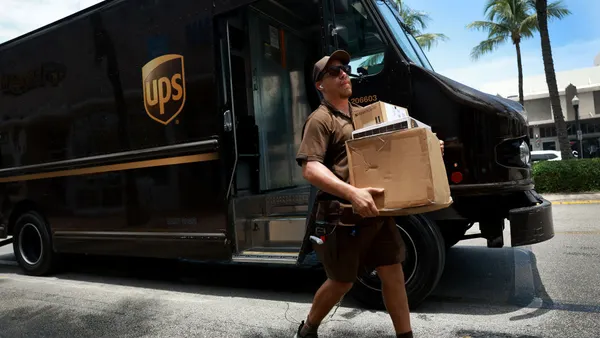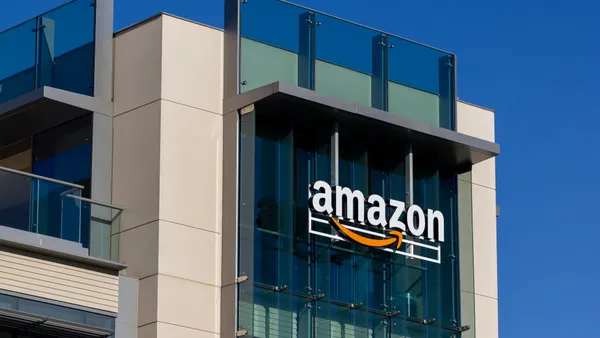Product recalls are more common than ever, and they can have serious repercussions for brands or manufacturers.
A look at Samsung’s Galaxy Note 7 recall reveals the process is not just costly due to the reverse logistics headaches, but can also cause problems with loyalty and tarnish the brand’s reputation.
Yet, the complexity of today’s global supply chains leaves companies increasingly vulnerable to unexpected supply disruptions, forcing many companies to view recalls as a cost of doing business.
But recalls are nothing more than a problem to be fixed, and extending traceability can achieve great results. Traceability can also help manage social and environmental responsibility, enhance product quality and maintain regulatory compliance.
Understanding Product Traceability
Traceability is typically comprised of two elements:
- Product tracking identifies where a raw material or specified product is at any point in the supply chain. This element allows companies to find and remove obsolete goods, manage inventory levels and goods in transit, and address other supply chain concerns.
- Product tracing identifies the origin of a product or batch of products. This component of traceability allows companies to accurately determine product origination and respond to product recalls, quality issues, and consumer complaints in a cost-efficient manner.
Many companies use lot and serial numbers to trace goods today. Typically, if a product is produced in high volumes with identical materials, lot numbers are assigned to the production runs. If the product is more complex or unique, it is assigned an individual serial number.
Some industries, like pharmaceuticals and medical devices, may be required to use serial numbers. Usually, the manufacturer and distributor retain all lot and serial numbers for potential recalls. This system also applies to softlines like apparel and footwear.
However, lot and serial numbers can’t be used to track goods further upstream. Nor are they enough to provide the multi-mode supply chain visibility needed for overseas suppliers, logistics providers, brokers, and carriers to share information and receive critical alerts on goods travelling through the supply chain.
Extending Traceability
Tracking goods to the supplier level – often a legal or industry requirement today – necessitates additional tools.
Companies must synthesize information from a variety of sources and formats to gain a comprehensive picture of their supply chain, connect with trading partners, improve the raw material management process, and determine whether all trading partners comply with regulatory requirements.
With greater visibility and traceability, companies can better answer the following questions to help avoid the cost and burden of product recalls:
- Are the products and raw materials meeting all compliance standards?
- Have we fully monitored the quality of this product throughout the supplier’s production process?
- What is the root cause of any quality issue?
- Has the supplier met all of our social and ethical sourcing standards?
- Have we shared all product testing results with key partners?
- How and where can we reroute recalled goods in transit?
- How should we connect with trading partners to notify them and assist in recalling goods?
- What are our options and how long will it take for us to provide customers with approved goods?
Extending traceability efforts across throughout the supply chain can help companies proactively identify quality and safety issues that could result in avoidable product recalls.
Gary M. Barraco is the Director of Global Product Marketing for Amber Road. As the platform evangelist, Gary develops and launches customer insights, go-to-market plans, product messaging and content, and field marketing tactics which establish Amber Road’s solutions as a standard in the Global Trade Management space. Previously, Gary was VP, Industry Development for ecVision prior to its acquisition by Amber Road.












